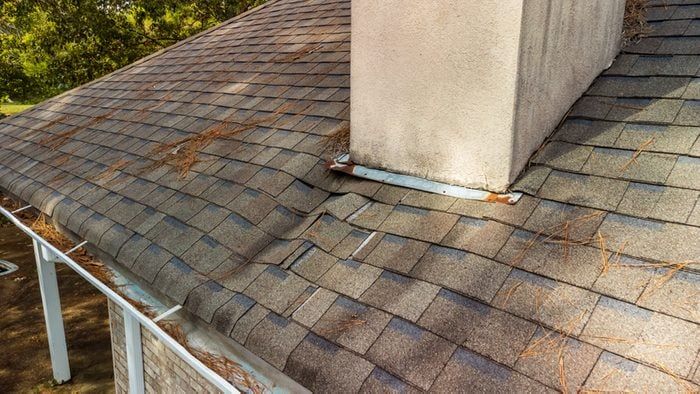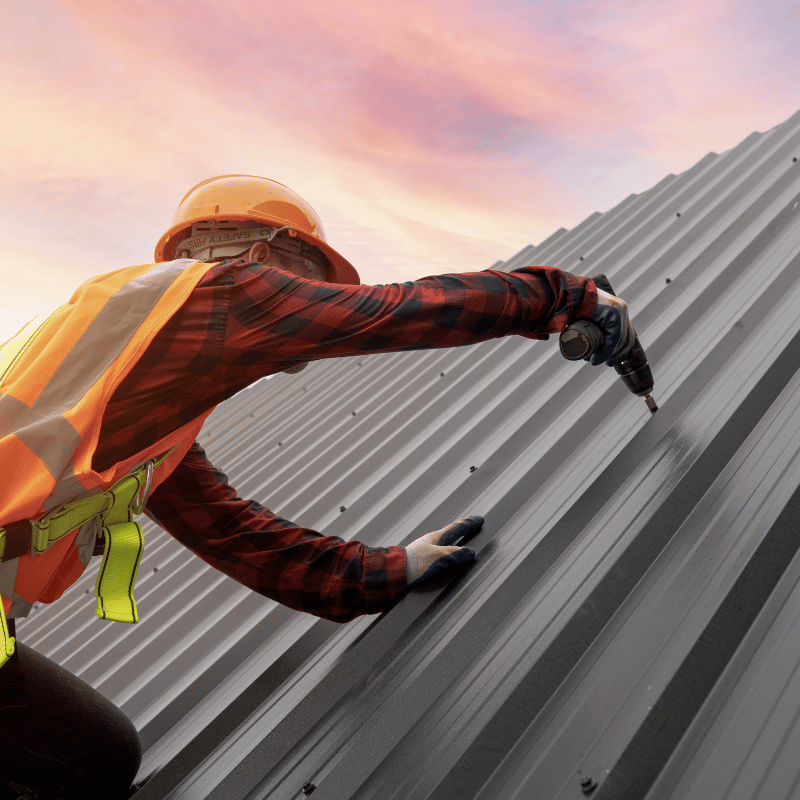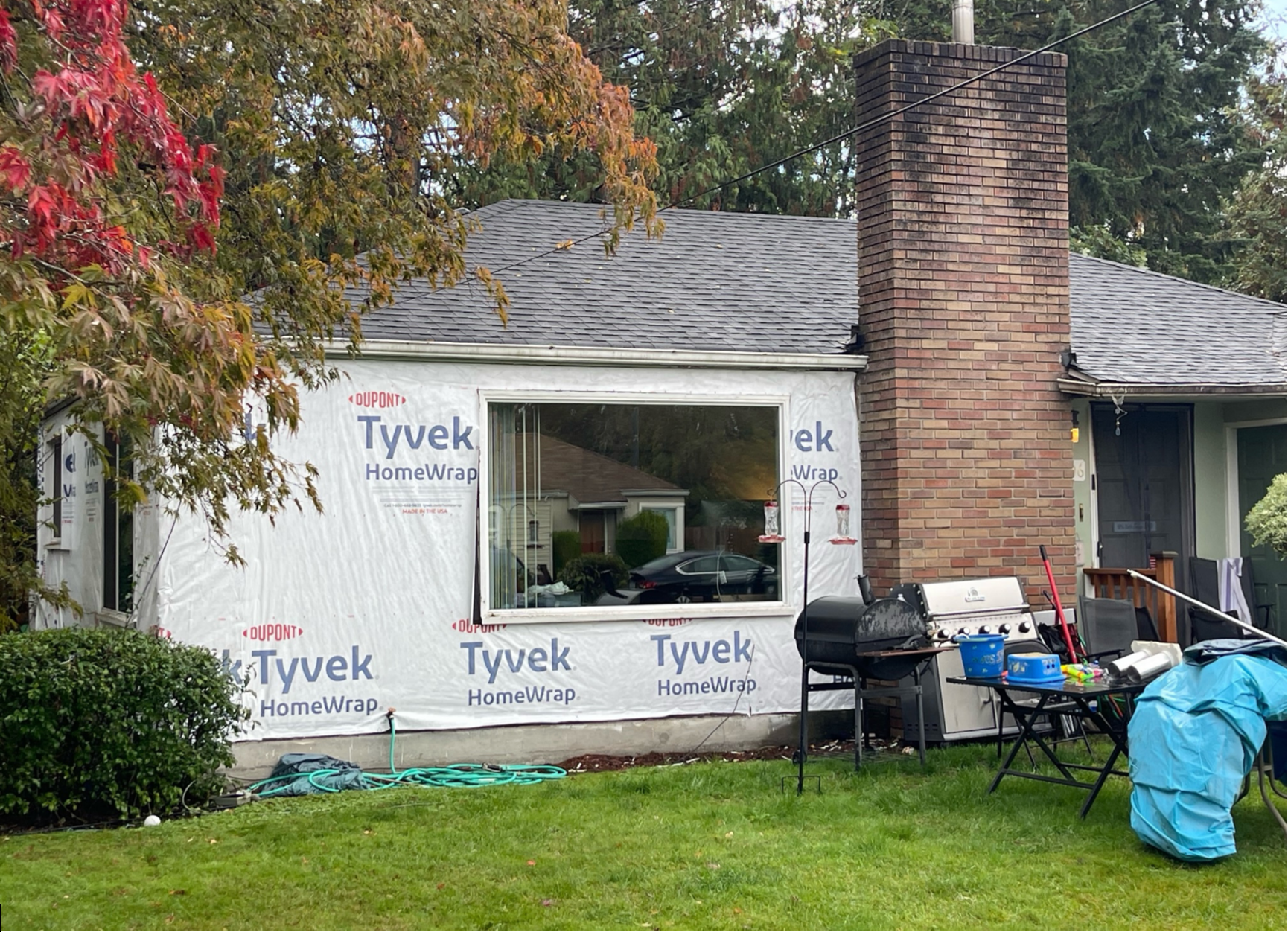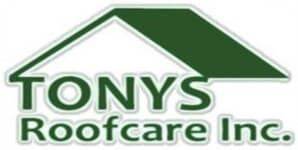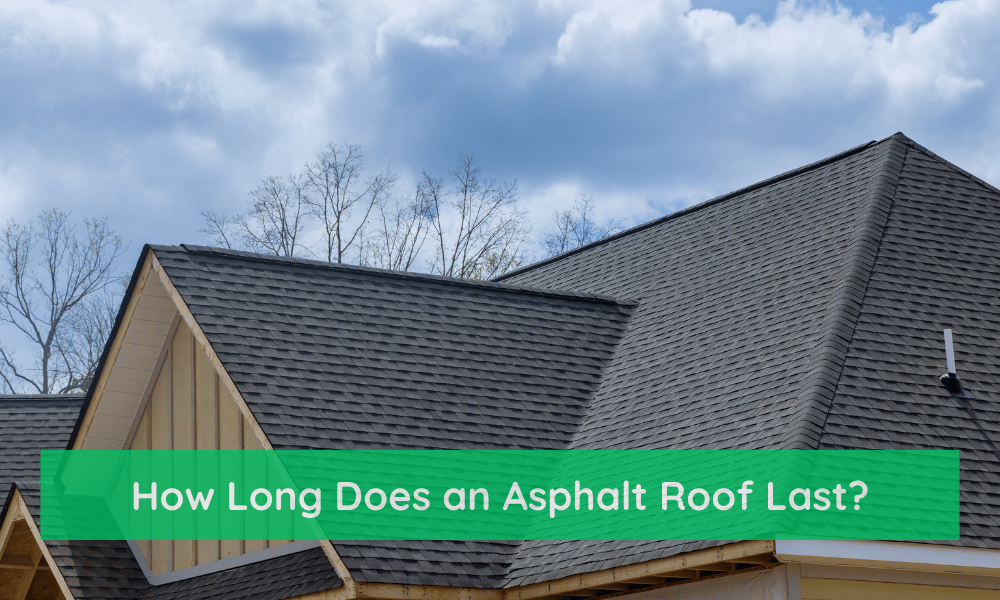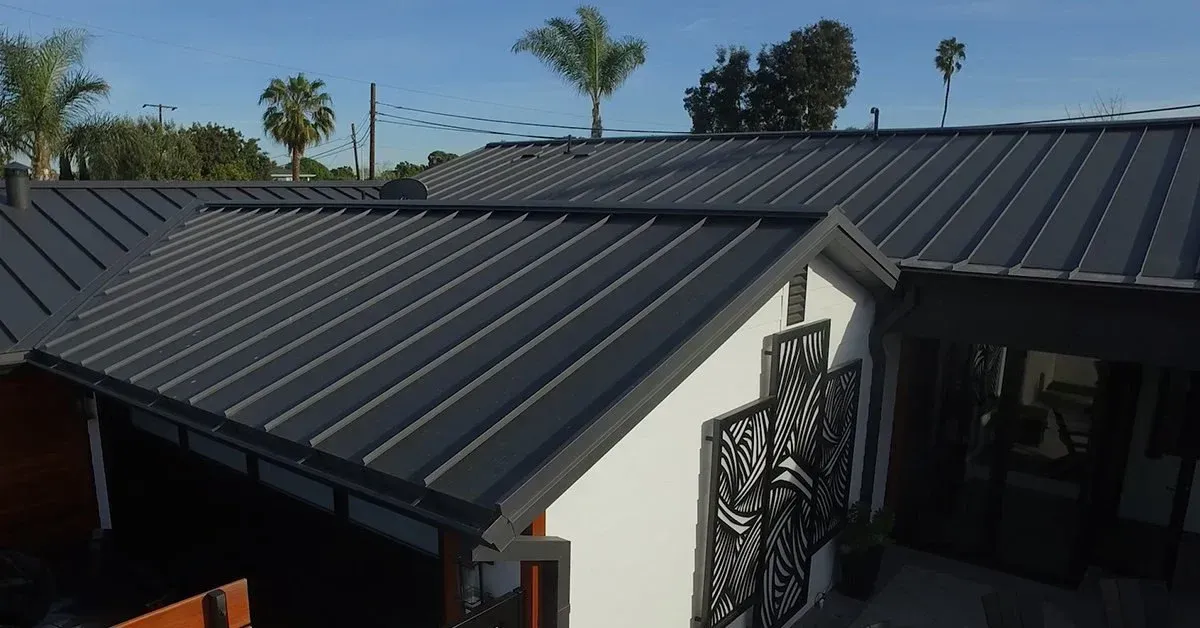What Is Flashing on a Roof? A Homeowner’s Guide to Roof Protection

Your roof does more than just keep you dry. But did you know that without flashing, your roof would be vulnerable to leaks and water damage? If you're wondering, What is flashing on a roof? You’re not alone. Many homeowners are unaware of this critical component of a well-constructed roof.
At Tony’s Roof Care, we believe that an informed homeowner is a confident homeowner. In this guide, we’ll walk you through everything you need to know about roof flashing, its types, and why it’s essential for protecting your home.
What Is Flashing on a Roof?
Flashing is a thin, waterproof material—often metal—that’s strategically installed to direct water away from vulnerable areas of your roof. These areas include chimneys, skylights, valleys, and vents where water could easily seep in and cause damage. Even the most durable shingles wouldn’t be enough to prevent leaks without roof flashing.
At Tony’s Roof Care, we often find that flashing replacement is necessary during roof replacement projects, as old or damaged flashing can compromise the integrity of a roof. Understanding what is flashing on a roof helps homeowners recognize when their roofing system needs attention.
Why Is Roof Flashing Important?
Water infiltration is one of the leading causes of roof damage, and flashing is designed to prevent that. Here’s why flashing is an integral part of your roofing system:
- Prevents Leaks: Directs water away from openings and seams.
- Extends Roof Lifespan: Reduces damage to shingles and underlying structures.
- Enhances Structural Integrity: Protects against wood rot and mold growth.
- Reduces Repair Costs: Prevents costly roof replacement due to water damage.
At Tony’s Roof Care, we provide free inspections to help homeowners assess the condition of their roof flashing and avoid expensive repairs.
Understanding the Different Types of Roof Flashing
There are several flashing types, each designed for specific areas of a roof. Let’s break them down:
Step Flashing – Layered Protection for Walls & Chimneys
Step flashing is a series of small metal pieces installed in a step-like pattern where a roof meets a vertical wall or chimney. This ensures water is directed away, preventing leaks along the seams.
At Tony’s Roof Care, we often recommend step flashing for homes with dormers or chimneys, as it provides excellent long-term protection.
Base Flashing – The Foundation of Roof Sealing
Base flashing is used at the base of vertical structures like chimneys. Since water naturally flows downward, base flashing is designed to work with cap flashing to create a watertight seal.
Properly installed base flashing can prevent damage and extend the lifespan of your roof. Our Tony’s Roof Care team ensures that all flashing materials are of the highest quality for lasting protection.
Continuous Flashing – A Long-Term Water Barrier
Also known as "apron flashing," continuous flashing is a single, long metal piece that directs water away from critical areas of the roof. This type of flashing is often used above windows, doors, and along edges where water could seep in.
If you suspect your continuous flashing is damaged, Tony’s Roof Care offers free inspections to check for signs of wear and tear.
Skylight Flashing – Keeping Natural Light Leak-Free
Skylight flashing is essential for keeping water out around skylights. Since skylights sit within the roof, improper installation can lead to severe damage over time.
At Tony’s Roof Care, we specialize in skylight flashing repairs and replacement, ensuring your skylights stay leak-free while letting in natural light.
Valley Flashing – Protecting Roof Valleys from Water Buildup
Valley flashing is used where two sloping sections of a roof meet, creating a natural channel for water runoff. These areas would be prone to leaks without valley flashing, especially during heavy rain.
If your valley flashing is compromised, call Tony’s Roof Care for an inspection before the next storm hits!
Counter Flashing – Reinforcing the Seal Against Water
Counter flashing is placed over base flashing to create a double layer of protection. This is commonly used around chimneys and walls to prevent water from getting behind the flashing roof materials.
At Tony’s Roof Care, we ensure that counter flashing is appropriately sealed to protect your home from potential damage.
Kickout Flashing – Redirecting Water Away from Walls
Kickout flashing is designed to direct water away from walls and into gutters, preventing damage to siding and foundation. This small but crucial flashing type helps protect against long-term structural issues.
If your home lacks kickout flashing, our Tony’s Roof Care experts can install it to enhance your roof’s performance.
Window Flashing – Shielding Windows from Water Damage
Like roof flashing, window flashing protects vulnerable areas where water could seep in. It’s especially important for homes with large or multiple windows.
At Tony’s Roof Care, we ensure that all flashing materials—including window flashing—are correctly installed for maximum durability.
Signs Your Roof Flashing Needs Replacement
Knowing when to replace your roof flashing prevents leaks and damage. Here are some warning signs:
- Rusted or corroded metal
- Visible gaps or loose sections
- Water stains on ceilings or walls
- Mold or mildew near chimneys, vents, or skylights
If you notice any of these issues, contact Tony’s Roof Care for a free inspection. Our team will assess whether flashing replacement is needed to protect your home.
Final Thoughts – Protect Your Home with Expert Roof Flashing Services
Now that you know what is flashing on a roof, you can make informed decisions about your home’s roofing needs. Whether it’s step flashing, base flashing, or valley flashing, proper installation and maintenance are key to long-lasting roof protection.
At Tony’s Roof Care, we’re committed to providing top-quality roofing services, including flashing replacement and free inspections. Don’t wait until a leak becomes a major problem—contact us today to ensure your roof is in the best shape possible.
Recent Posts

